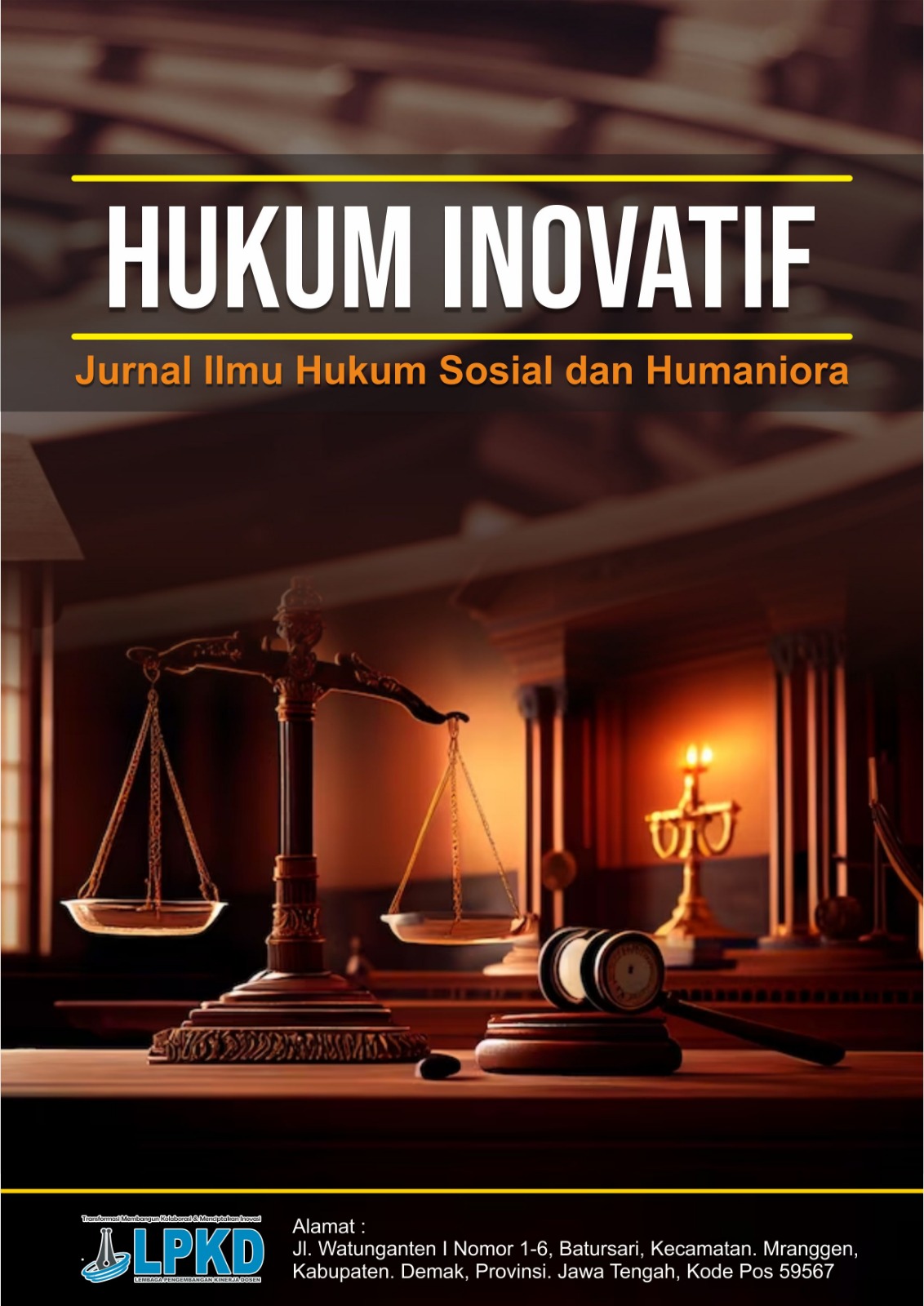Analisis Yuridis Insolvency Test dalam Penyelesaian Kepailitan dan PKPU Ditinjau dari UU No 37 Tahun 2004
DOI:
https://doi.org/10.62383/humif.v1i4.656Keywords:
Insolvency Test, Bankruptcy, Legal VacancyAbstract
According to Law Number 37 of 2004 tates that bankruptcy is general confiscation of assets of bankrupt debtor. Those failure to pay debtors commonly beacause of a strain in company's financial condition. The purpose of imposition of bankruptcy is to protect both bankrupt debtor and creditors. In the development of bankruptcy in Indonesia, the regulation of Insolvency test in imposing companies bankruptcy, especially companies with legal status, has not been regulated in Law No. 37 of 2004. Insolvency is the failure to done a financial responsibility in the due date as is appropriate in a company, or the excess of liabilities over assets within certain time. If the debtor has been declared insolvent, the debtor is completely bankrupt and properties will soon be divided. There also has no provision stating that Insolvency Test is a condition for bankrupting a debto. Regulation absence regarding Insolvency Test certainly cause problems for companies that many Indonesia’s companies experience legal bankruptcy. Therefore, author feels it is necessary to do a research related to Insolvency Test which was once applicable in Indonesian Bankruptcy Law, but no longer used, even though the application of Insolvency Test is very helpful for the judge's view in deciding individual or legal entity in a state of bankruptcy in court, and further clarifies the objectivity in bankruptcy judgment.
References
Harahap, N. (2014). Penelitian kepustakaan. Jurnal Iqra’, 8(1), 45-56.
Kale, G. I., & Dharmakusuma, A. G. A. (2015). Syarat kepailitan sebagai bentuk perlindungan hukum debitor dalam Undang-Undang Nomor 37 Tahun 2004. Kertha Semaya: Journal Ilmu Hukum, 7, 1-12.
Pratama, I. P. Y. P., & Landra, P. T. C. (2019). Perlindungan hukum terhadap kreditor atas penyusutan nilai objek jaminan hak tanggungan dalam perjanjian utang piutang. Kertha Semaya: Journal Ilmu Hukum, 7(6), 45-58.
Saija, R. (2015). Penyalahgunaan keadaan dalam prosedur permohonan pailit di pengadilan niaga. JHAPER, 1(1), 23-35.
Sinaga, S. M. (2012). Hukum kepailitan Indonesia. PT. Tatanusa.
Sjahdeni, S. R. (2016). Sejarah asas dan teori hukum kepailitan (Edisi ke-2). Prednada Media.
Subhan, M. H. (2014). Hukum kepailitan: Prinsip, norma, dan praktik peradilan. Pustaka Grafika.
Sunarmi, R., Harianto, D., & Azwar, K. D. (2016). Konsep utang dalam hukum kepailitan dikaitkan dengan pembuktian sederhana. USU Law Journal, 4(4), 67-79.
Downloads
Published
How to Cite
Issue
Section
License
Copyright (c) 2024 Hukum Inovatif : Jurnal Ilmu Hukum Sosial dan Humaniora

This work is licensed under a Creative Commons Attribution-ShareAlike 4.0 International License.






